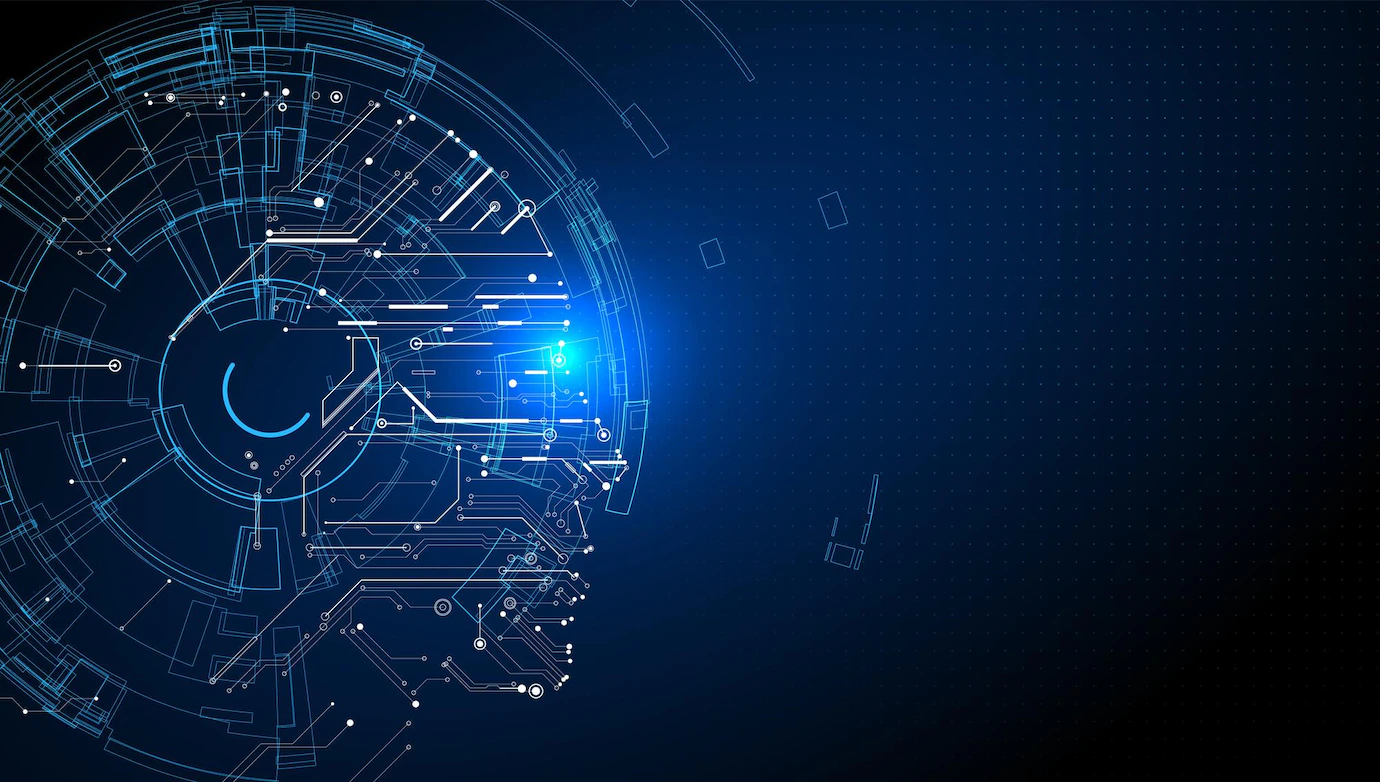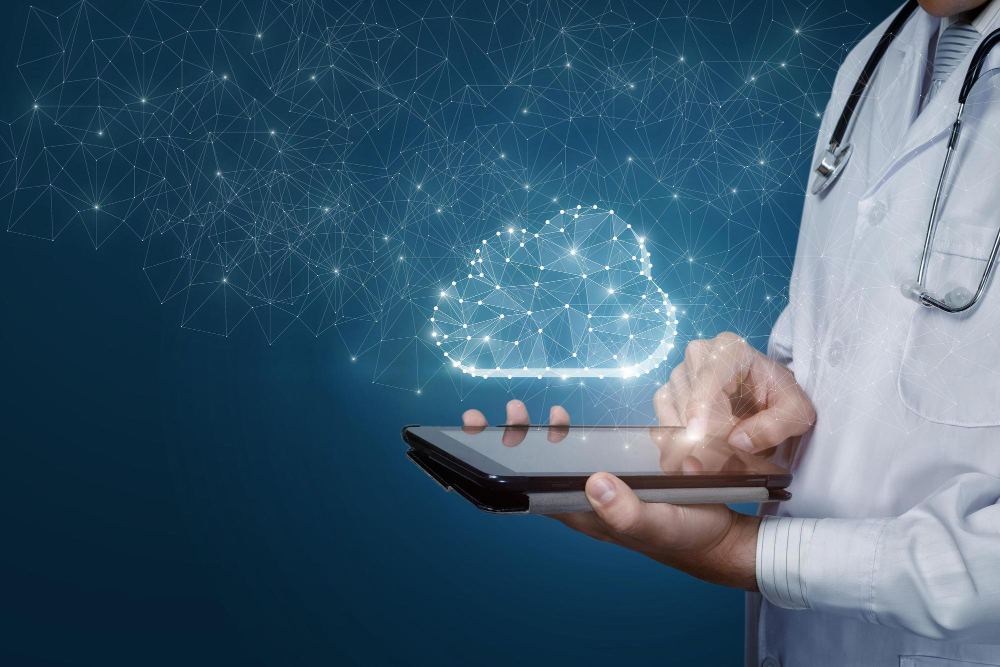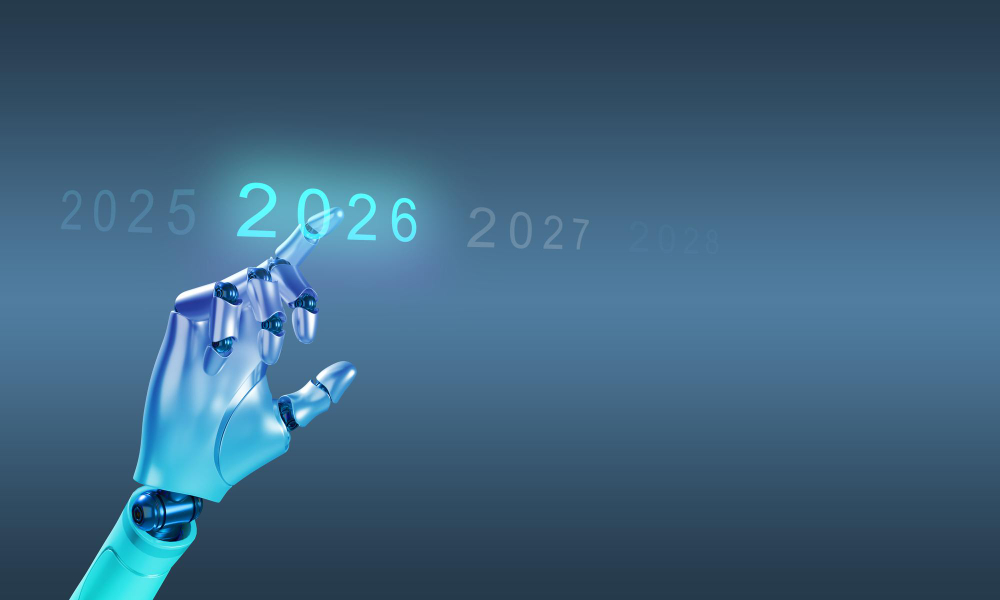- Data & AI
- June 24, 2022
Top 13 Data Science and AI trends in 2022

- Data & AI
- June 24, 2022
Top 13 Data Science and AI trends in 2022
The Data Science market will reach $322.9 billion by 2026 while AI would touch $1597.1 billion by 2030. They would dominate in 2022 with new thirteen new trends.
Introduction
Bridging the gap of understanding between humans and computers, Data Science and Artificial Intelligence (AI) have taken the world by storm. With their ability to understand and analyze data, these technologies have changed our lives. Now, we are at a point where the world has realized that these cutting-edge technologies aren’t just evolving but exponentially growing, changing the dynamics of our lives. The AI era isn’t just a possibility of the future, but it is already happening!
The Data Science market size is expected to reach a $322.9 billion by 2026 and AI to grow to USD 1597.1 billion by 2030. With this, there has been a steady increase in the number of people looking for an easy way to learn data science and artificial intelligence. As the technology continues to skyrocket, many experts predict that this exponential growth will continue throughout the next decade.
Discover next-gen data and ai solutions
Read on to find the top thirteen data science and artificial intelligence (ai) trends in 2022!
1.Data Science Predictions
The ability to predict what someone will do next could have huge implications for businesses around the world; especially those who rely heavily on customer service interactions or sales processes.
Data scientists can now predict future events by analyzing historical data. With this technology, you can predict the likelihood of an event occurring or the likelihood of a particular person being involved in an event.
2.Artificial Intelligence Predictions
Artificial Intelligence (AI) is a component of the broader machine learning and data analytics field. The technology has gained popularity because it’s been able to solve problems that would have taken humans decades or centuries to figure out.
With chat bots increasing the interactivity of business platforms and customers, algorithms offering personalised options to people, and predictions enabling business heads to make better decisions, AI surely is extensively applicable and trending in today’s world.
3.Hybrid Cloud Predictions/ Increased usage of cloud computing
The use of cloud computing is on the rise in many industries, and data science is no different. Cloud computing makes it easier than ever before to automate processes like data collection, analysis, modeling and deployment. Specially now, when cloud service providers are bringing in more and more tools to make analytics and predictions easier, cloud is definitely a go-to solution for many companies.
4.Application of Blockchain
Data Science is a rapidly growing field, and with the ever-increasing amount of data being generated, it is important to have a secure and reliable system to store it. Blockchain is an ideal solution to this problem.
The technology allows storing data on a decentralized ledger that can be accessed by anyone within the network. This eliminates the need for any centralized authority or third-party involvement, making it more secure and scalable than traditional databases. Blockchain also offers better privacy as there is no need to expose sensitive information such as medical records or credit card numbers.
5.RPA and AI integration
RPA is a technology that mimics human actions on computers to carry out repetitive tasks. It’s been around for many years, but the combination with AI has only recently emerged as a powerful combination.
RPA works with existing software applications and protocols to perform specific tasks such as collecting data, sending emails or processing documents. This frees up time for humans so they can focus on more complex tasks such as strategic planning or analyzing data.
6.IoT and AI integration
The Internet of Things (IoT) refers to devices connected with one another over a network. These devices collect data about their environment, which is then processed by artificial intelligence algorithms to understand human behaviour. This technology is being used in a variety of industries including manufacturing, healthcare, agriculture and retailing.
7.Quantum computing
Quantum computers are far more powerful than traditional computers, allowing for faster processing of algorithms and larger datasets. It’s likely that quantum computing will change how we do things like find patterns in data, predict outcomes based on historical events (predictive analytics), or develop machine learning models.
8.Cybersecurity, Privacy and Trust
Cybersecurity is becoming a top concern for businesses as they adopt AI and data science. The number of threats has increased, as has the sophistication of those threats. AI can help with threat detection by identifying malicious behaviour in real time and protecting against it.
While cybersecurity is usually associated with protecting networks and data from malicious hackers, it is also important to consider how we can protect ourselves from the misuse of data by companies that collect it.
9.Fluid analytics
Fluid Analytics is a method of dealing with uncertainty in real-time, which enables decision makers to make better decisions with less data. It’s not just about having more data but also about having the right kind of data at the right time, which can be used for predictive analytics and machine learning.
We are seeing more tools that make it easier to analyze data without having to write code or learn complex algorithms. With fluid analytics, anyone can turn complex data into actionable insights with just a few clicks.
10.Intelligent instruments
The increase in the number of smart devices has led to an increase in the amount of data available. The growth in data has also been attributed to the adoption of intelligent instruments. These instruments collect information from multiple sources and analyze it to detect patterns, predict future behaviour and make decisions.
Data from these intelligent instruments can be used by businesses to improve efficiency and productivity. It can also be used for other purposes such as improving customer experience or detecting fraud.
11.5G Technology
The fifth generation of mobile communication technology (5G) is one of the biggest tech trends to watch out for in 2022. It’s expected to bring some significant changes to our daily lives and could help us progress towards a more connected world. 5G will enable faster speeds, lower latency and more reliable connections — but it will also be an important enabler for the Internet of Things (IoT), virtual reality (VR) and artificial intelligence (AI).
12.Edge Computing Trends
Edge computing is a data science and AI trend that will continue to grow in popularity throughout 2022. The term refers to the movement of data processing closer to the source of the data. This approach has many benefits, including increased security, faster response times, and greater flexibility.
The idea behind edge computing is that as networks become increasingly complex, they’re difficult to manage and control. This means that valuable data can be lost if it isn’t sent directly from the source to its destination.
With edge computing, all of this becomes much easier because each device or computer has its own processor that performs all necessary actions without sending any information over a network connection.
13.Machine learning
Machine learning is a technology focused on developing algorithms and other solutions that can automate data analysis. These solutions are based on training from input data sets and then using that training to make predictions about how new information will behave.
In the near term, expect machine learning algorithms to become even more useful by integrating with other technologies such as deep learning (a subset of machine learning) or blockchain (a distributed ledger system).
Take away
Big data and AI are not just buzzwords, they are real technologies that are changing the way we do business. One could argue that most of the revenue generated by these two technologies will be coming from enterprise-level companies.
Ten years from now, data will be produced at an unprecedented scale and diversity, but it will also be worthless without some level of interpretation. This wider adoption of AI as we have seen, is clearly a way to get to smarter data and to apply knowledge to solve problems.




